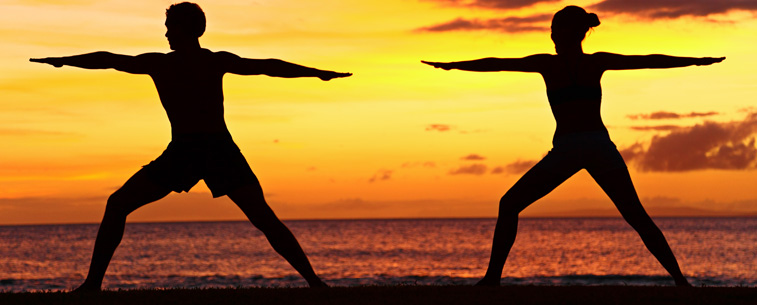Traditional Chinese medicine (TCM) originated in ancient China and has evolved over thousands of years. TCM practitioners use herbal medicines and various mind and body practices, such as acupuncture and tai chi, to treat or prevent health problems. In the United States, people use TCM primarily as a complementary health approach.

TCM encompasses many different practices, including acupuncture, moxibustion (burning an herb above the skin to apply heat to acupuncture points), Chinese herbal medicine, tui na (Chinese therapeutic massage), dietary therapy, and tai chi and qi gong (practices that combine specific movements or postures, coordinated breathing, and mental focus). TCM is rooted in the ancient philosophy of Taoism and dates back more than 2,500 years. Traditional systems of medicine also exist in other East and South Asian countries, including Japan (where the traditional herbal medicine is called Kampo) and Korea. Some of these systems have been influenced by TCM and are similar to it in some ways, but each has developed distinctive features of its own.
- Acupuncture is generally considered safe when performed by an experienced practitioner using sterile needles. The general theory of acupuncture is based on the premise that there are patterns of energy flow (Qi) through the body that are essential for health. Disruptions of this flow are believed to be responsible for disease. Acupuncture can correct imbalances of flow at identifiable points close to the skin.
- Tai chi and qi gong, two mind and body practices used in TCM, are generally safe. Tai chi and qi gong (pronounced CHEE-gung) combine slow, deliberate movements, meditation, and breathing exercises. The routines were not designed to burn calories or raise your heart rate. Instead, both tai chi and qi gong are martial arts that can help your circulation, balance, and alignment. They can also help restore your energy, called chi or qi (pronounced “chee”). The low-impact moving meditations include standing and balancing. Although qi gong and tai chi are excellent fitness activities for beginners and people with health conditions, elite athletes also benefit from doing the slow movements, because everyone needs better balance and muscle control. The postures flow together without pause, making qi gong and tai chi look like slow, graceful dances that keep your body in constant motion.
